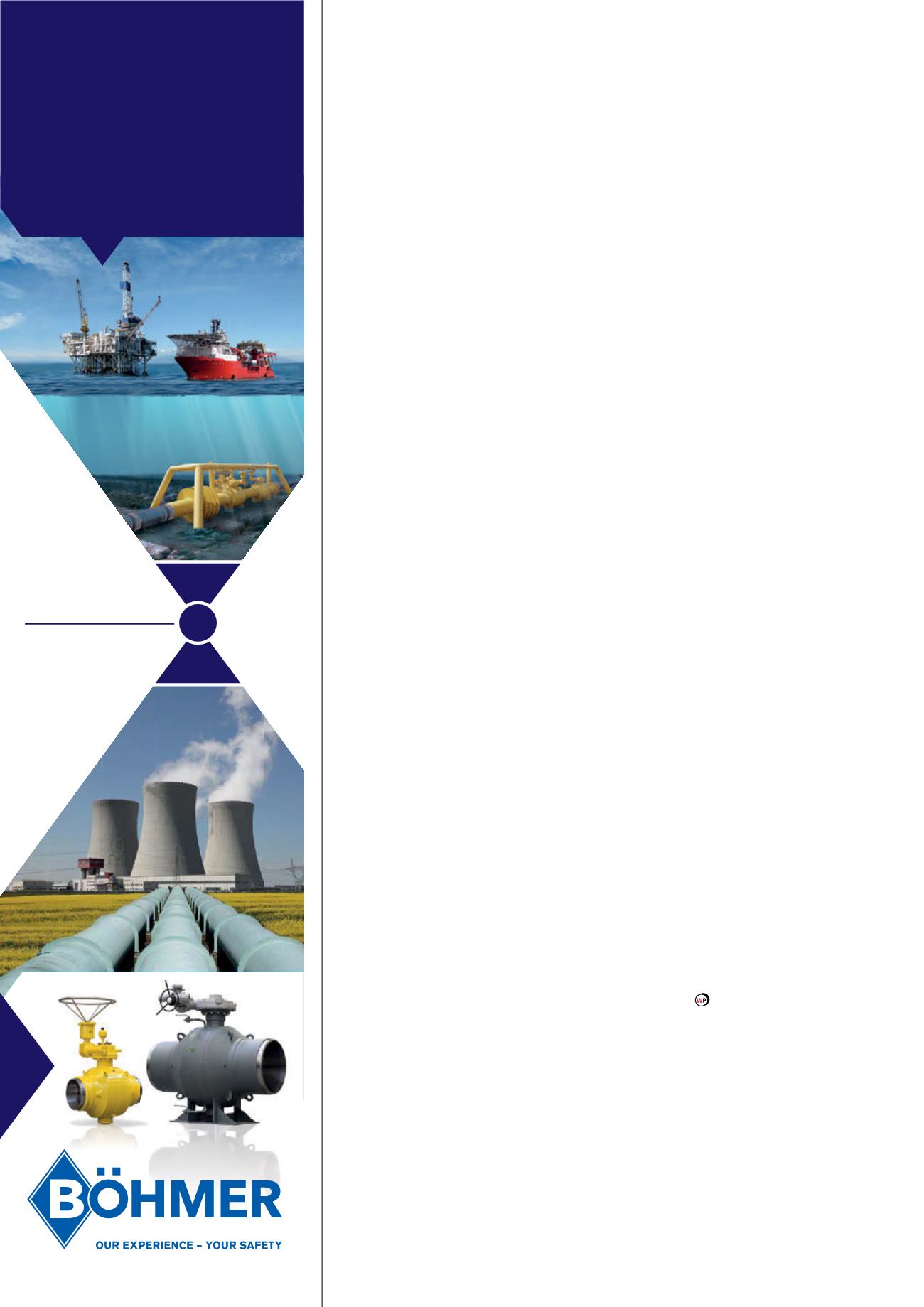
A small commercial unmanned vehicle fitted with a heat-sensing
camera costs about US$85 000, while it costs about US$3000
per flight hour to send a helicopter to monitor an oil pipeline,
according to Dave Kroetsch, CEO of the drone manufacturer
Aeryon Labs Inc. The drone, therefore, would pay for itself within
29 hours.
According to Reuters, Alaska UAVs are used to inspect oil and
gas pipelines at a fraction of the current traditional cost (fixed
wing aircrafts or helicopters. The 20 min. test flight, conducted by
BP Plc, was just a glimpse of a future where oil and gas companies
in the Arctic can rely on unmanned aircraft to detect pipeline
faults, at a fraction of the cost of piloted helicopter flights.
A new trend
One area of interest for the oil and gas industry and regulators
alike is methane detection and location around unconventional
gas and oilfield production sites. Current methods for surveying,
detecting, and locating leaks, are at times too inefficient and costly
to conduct, potentially leaving many leaks unrepaired. These initial
applications spur continued development and miniaturisation of
high-definition imaging sensors. The use of drones is still relatively
new but there appears to be real demand for drone use in the
energy sector both in the US and internationally.
Using drones is proving to be a new trend in the oil and gas
industry particularly when large companies like Google, Boeing,
Northrop Grumman, AeroVironment, Inc., General Atomics, and
Israel Aerospace Industries, which according to a major study by
the Frost & Sullivan, was recently anointed as the world’s largest
exporter of the small surveillance drones.
The impact of remote and self-piloted drones comes in the
form of speed and major savings. By monitoring job sites 24 hr/d
in very high resolution, oil and gas companies get an up-to-the-
minute view of how their resources are deployed, especially when
the weather conditions are too dangerous for manned flights.
Instead of planning fleet movement’s way in advance, decisions can
now become instant, hence cutting costs and making management
more responsive and effective
All the above companies have significant drone businesses, and
each of these firms will benefit. Drones are becoming more widely
used, not just in the energy sector, as more and more businesses
around the world are discovering the benefits and challenges
of integrating UAV systems into their operations. Accurate and
reliable data acquisition – though important – is the first part of
the future for effectively monitoring oil and gas pipelines, as the
unmanned aircraft and the data they can collect provide great
opportunities for the oil and gas industry to realise new gains in
efficiencies, increase safety, and decrease costs.
Bibliography
-
for-pipelines-offshore-platforms
roughnecks
_
monitoring.html
-
at-a-fraction-of-the-cost/
Connections
you can rely on
Ball Valves
from 1/8” to 56”
for numerous environments,
applications, liquids and
gasses
Böhmer ball valves have been connecting industries
and markets for 60 years. Our product solutions
ensure safe pipeline operation anywhere, anytime.


